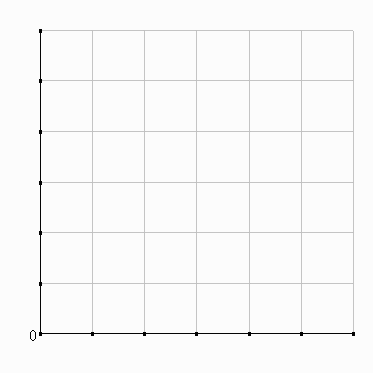| Labor market: If
Sub.Effect dominates: +PL –> -l and +L-supplied So it is quite plausible to have a downward-sloping overall
supply of labor |
 |
|
Friday, April 26, 2013 |
VIII. Resource markets
A. resource supply
2. responding to wage changes
When you buy a good, +P lowers
attainable utility
Here you sell a good, leisure: +P raises attainable utility
So income effect of a higher PL causes more l to be consumed if leisure is a normal good.
If leisure is a normal good, S & I effects of a wage change move in opposite directions.
In diagram:
1: la --> la' = Sub.Effect
2: la' -> lb = Inc.Effect
| If leisure is a normal good: overall: +PL:--> | |||
| Demand for l | Supply of L | ||
| Sub.Eff: | - | + | |
| Inc.Eff: | + | - | |
| NetEff: | ? | ? | |
| Labor market: If
Sub.Effect dominates: +PL –> -l and +L-supplied So it is quite plausible to have a downward-sloping overall
supply of labor |
 |
Empirically: for individuals in the work force, possibly backward-bending
Evidence:
Real Real
Avg.work
Year Wage wage week
(1982$) (Cur$)
1959 6.69 ____ 39.0
____ ____ ____ ____
For those out of the work force, appears to be upward sloping
Overall: it appears to be very steep, possibly vertical
?shape of SL per supply-siders?
Still, for any given industry, SL is upward sloping because it can draw workers from other industries.
| Application: education and
work hours Education is an investment--someone pays it.
Other
|
 |
B. Resource demand in competitive markets
Learning objectives: Use the resource hiring rule to determine the profit-maximizing quantity of an input to use. Explain and illustrate why input demand curves always slope down.
Note: input (factor) demand is a
derived
demand:
--derived from demand for output
resources are demanded by
firms not for their own sakes, but to produce output in response to product demand
1. Basic analysis
Ex: labor (L)
You own a hairdresser shop, a PC industry that hires
homogeneous labor in a PC labor market
? Should you hire me?
I am just as efficient and talented as any other you can hire
Can ask up to 3 questions about me or your market
PL = $30/hr. 2 haircuts per hour. P=$20/haircut
Cost of hiring
more of a resource
Example: labor
Cost is given to a firm by the market--diagram it
--For now we assume that firms are perfect competitors in factor
markets
Each firm is such a small part of total demand for a factor that
it can't affect the price
Extra cost of
another worker = MFCL
=
DTFCL/DL =
D(PL.L)/DL
= PL
with PC
Benefit from hiring more of a resource
Now consider the revenue side for a firm:
? What does an extra worker do that allows
you to earn more revenue?
Extra revenue from another worker = MRPL = DTR/DL
A resource hiring rule in competitive input markets
|
Profit-maximization => |
|||
| MR | = | MC | |
| MR | = | PL/MPL | |
| MR.MPL | = | PL | |
| MRPL | = | MFCL | |
General rule: Hire more of an input as long as its MRP exceeds its MFC.
With PC:
(1)
MR = P => MRPL = P.MPL = the value of the
marginal product of labor (VMPL)
(2) MFCL
= PL
(3) Hire until P.MPL
= PL
| Note: MRP must eventually decline since: (1) MPL eventually falls by law of diminishig returns (2) MR is constant for PC firms and falls for firms with market power Ex: haircust PC equilibrium: VMPL = PL =>
|
 |